- Reasons Why Petunia Seedlings Have Curled Leaves
- Lack of Water
- Overwatering
- Lack of Sunlight
- Excessive Sunlight
- Nutrient Deficiency
- Nitrogen Deficiency
- Phosphorus Deficiency
- Potassium Deficiency
- Magnesium Deficiency
- Calcium Deficiency
- Pests and Diseases
- Pests
- Diseases
- Prevention and Control
- Temperature Fluctuations
- Improper Potting
- How to Save the Flower
- Questions and Answers:
- Why are my petunia seedlings’ leaves curled?
- What should I do if my petunia seedlings have curled leaves?
- Can overwatering cause petunia seedlings’ leaves to curl?
- Can underwatering cause petunia seedlings’ leaves to curl?
- How do I get rid of pests causing curled leaves in petunia seedlings?
- Can poor lighting conditions cause petunia seedlings’ leaves to curl?
- What temperatures are ideal for petunia seedlings?
- Videos: KILLING SPIDER MITES & APHIDS DEAD. www.liquidirt.com for how to keep plants healthy.
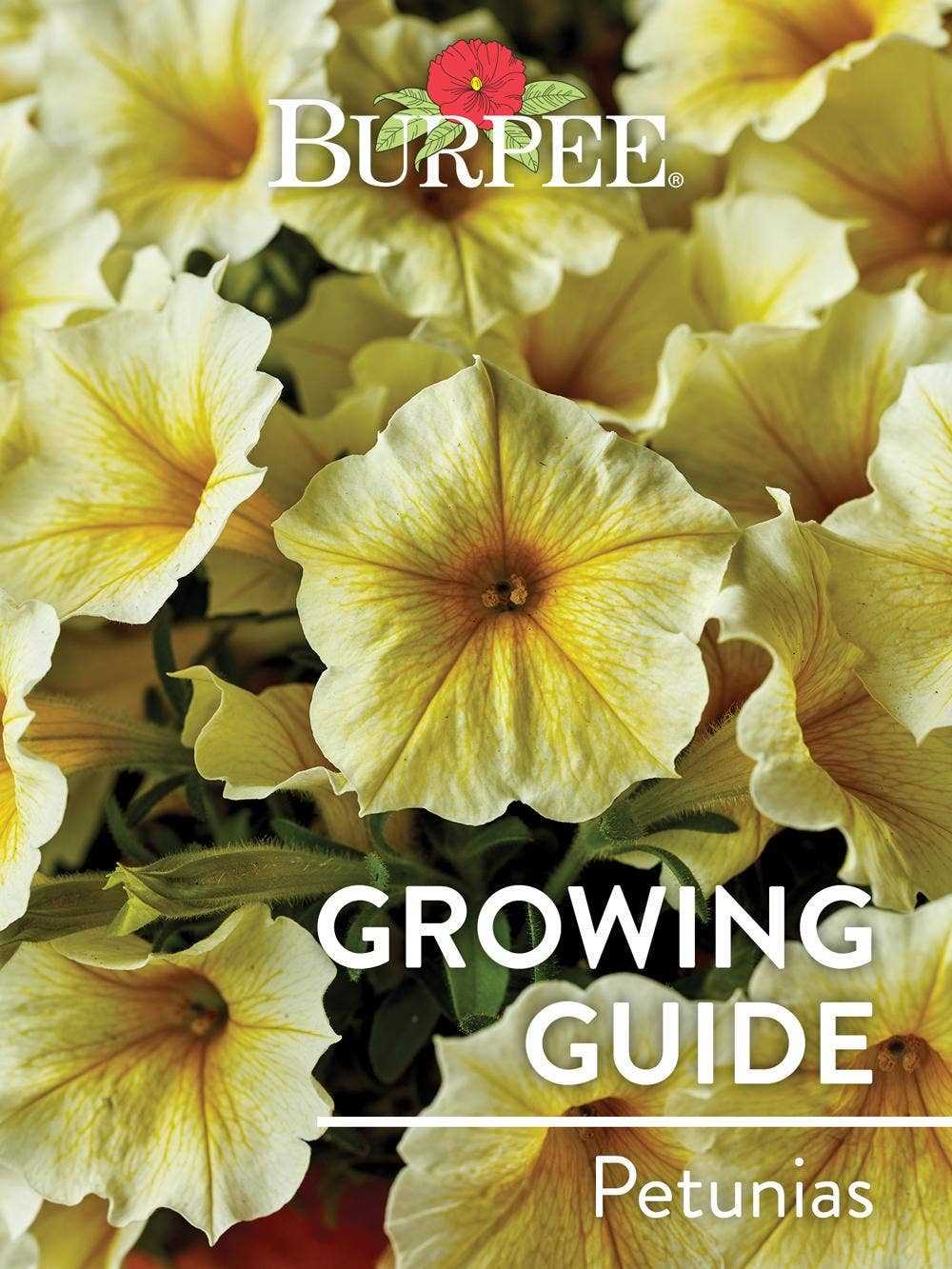
Petunias are popular flowering plants known for their vibrant colors and ability to thrive in various garden settings. However, it can be disheartening to find your petunia seedlings with curled leaves. Fortunately, there are several reasons why this may be happening and steps you can take to save your beloved flowers.
1. Lack of Water: One common cause of curled leaves in petunia seedlings is a lack of water. Petunias have high water needs, and insufficient watering can cause their leaves to curl and become weak. To save your flowers, make sure to water them regularly and ensure that the soil is moist but not waterlogged.
2. Pests and Diseases: Another reason for curled leaves in petunia seedlings is the presence of pests or diseases. Aphids, whiteflies, and spider mites are common pests that can attack petunias and cause leaf curling. Additionally, fungal or bacterial diseases can also lead to this issue. Check your plants for any signs of pests or diseases and take appropriate measures, such as using insecticidal soap or applying fungicides, to control them.
3. Nutrient Deficiencies: Nutrient deficiencies, especially in essential minerals like calcium and magnesium, can cause petunia leaves to curl. Ensure that your plants are receiving adequate nutrition by using a balanced fertilizer and regularly checking the pH level of the soil. If nutrient deficiencies are identified, consider applying supplements to correct the imbalance.
4. Extreme Temperatures: Petunias are sensitive to extreme temperatures, both hot and cold. Exposure to excessive heat or cold can stress the plants and result in curled leaves. Protect the seedlings from extreme temperatures by providing shade or relocating them to a more suitable environment.
5. Improper Planting Depth: Planting petunias too deeply can also lead to leaf curling. Ensure that the seedlings are planted at the correct depth, with the top of the root ball just below the soil surface. This will allow the roots and leaves to establish properly and prevent curling.
6. Overfertilization: While proper nutrition is essential for healthy growth, overfertilization can have adverse effects on petunias and cause curled leaves. Excessive amounts of fertilizer can lead to nutrient imbalances and damage the delicate root system. Follow the recommended dosage instructions on the fertilizer package and avoid overfertilizing your petunias.
7. Improper Pruning: Pruning is an important aspect of petunia care, but improper pruning techniques can result in curled leaves. Avoid over-pruning or cutting into the main stem of the plant, as this can shock the petunias and cause leaf curling. Learn proper pruning techniques and only remove dead or damaged parts of the plant.
8. Genetic Factors: In some cases, curled leaves in petunia seedlings may be due to genetic factors. Certain petunia cultivars may naturally have leaves with a curled or twisted appearance. If this is the case, there may not be much you can do to change the leaf structure. However, you can still ensure that the plants are otherwise healthy and provide them with appropriate care.
By identifying the cause of curled leaves in your petunia seedlings and taking appropriate action, you can help save your beautiful flowers and ensure they thrive in your garden.
Reasons Why Petunia Seedlings Have Curled Leaves
Petunia seedlings are known for their lush and vibrant leaves, but sometimes they can develop curled leaves, which can be a sign of an underlying issue. Here are some of the common reasons why petunia seedlings may have curled leaves:
- Inadequate watering: If petunia seedlings are not receiving enough water, their leaves may start to curl. It’s important to water them regularly and ensure that the soil is moist but not waterlogged.
- Overwatering: On the other hand, overwatering can also cause the leaves to curl. Excess moisture can lead to root rot and other fungal diseases, which can affect the overall health of the plant.
- Temperature fluctuations: Petunia seedlings prefer a stable temperature range. Sudden temperature changes, such as exposure to cold drafts or extreme heat, can cause the leaves to curl.
- Nutrient deficiency: Nutrient deficiencies, particularly in essential macronutrients like nitrogen, phosphorus, and potassium, can cause leaf curling in petunia seedlings. It’s important to ensure that they are receiving a balanced fertilizer or compost.
- Pest infestation: Certain pests, such as aphids or spider mites, can attack petunia seedlings and cause leaf curling. Regularly inspect the plants for any signs of pests and take appropriate measures to control them.
- Disease: Fungal or viral diseases can also lead to curled leaves in petunia seedlings. These diseases are often spread through contaminated soil or infected plant debris, so it’s crucial to practice good hygiene and provide proper ventilation for the plants.
- Excessive sunlight: While petunia seedlings need plenty of sunlight to thrive, excessive direct sunlight can cause their leaves to curl. Provide some shade or use a light fabric cover to protect them from intense sunlight during the hottest part of the day.
- Transplant shock: When petunia seedlings are transplanted into a new environment, they may experience shock, which can manifest as curled leaves. To minimize transplant shock, ensure that the plants are properly acclimated and handle them with care during the transplantation process.
By understanding the potential causes of curled leaves in petunia seedlings, you can take the necessary steps to address the issue and help your plants thrive. Remember to monitor their water levels, provide adequate nutrients, protect them from pests and diseases, and create a suitable growing environment to promote healthy growth.
Lack of Water
If your petunia seedlings have curled leaves, one possible reason could be a lack of water. Petunias are known for their high water requirements, and if they don’t receive enough moisture, their leaves can curl up as a way to conserve water.
To address this issue, make sure you are watering your petunia seedlings regularly and deeply. Check the moisture level of the soil regularly by sticking your finger about an inch deep into the soil. If it feels dry at that depth, it’s time to water.
When watering, make sure to thoroughly wet the soil to ensure the water reaches the plant’s roots. Avoid getting the leaves wet, as this can increase the risk of disease.
In addition to regular watering, consider mulching around the petunia seedlings to help retain moisture in the soil. This can also help regulate soil temperature and prevent weed growth.
It’s important to find the right balance when it comes to watering petunias. While they require consistent moisture, overwatering can also cause issues such as root rot. Monitor the plants closely and adjust your watering routine as needed.
Overwatering
Overwatering is one of the common causes of curled leaves in petunia seedlings. It happens when the plants receive more water than they can absorb or when they are left sitting in waterlogged soil for extended periods of time.
When the soil is constantly wet, it deprives the roots of oxygen, leading to root rot. As a result, the plants are unable to take up nutrients effectively, which can cause the leaves to curl and become discolored.
To remedy this issue, it is important to ensure proper drainage for the petunia seedlings. Use well-draining soil and avoid overwatering. Check the soil moisture level regularly by sticking your finger about an inch into the soil. If it feels moist, hold off on watering until the top inch of soil has dried out. Additionally, make sure the pots or containers have drainage holes to allow excess water to escape.
If your petunia seedlings are already showing signs of overwatering, consider repotting them into fresh, well-draining soil. Gently remove the plants from their current pots and inspect the roots for any signs of rot or damage. Trim away any affected roots before replanting them.
It is also advisable to reduce the frequency of watering to help the plants recover. Allow the soil to dry out slightly between waterings, but be careful not to let it become bone dry. Monitor the plants closely for any improvement in their condition.
Lack of Sunlight
If your petunia seedlings have curled leaves, one possible reason could be a lack of sunlight. Petunias are sun-loving plants that thrive in full sun or at least 6-8 hours of direct sunlight per day. Without proper sunlight, the seedlings may not develop properly and their leaves may curl.
Signs of lack of sunlight:
- Curled leaves
- Weak and spindly growth
- Long stems with few leaves
- Faded or pale foliage
How to save your petunia seedlings:
- Provide more sunlight: If your petunia seedlings are not receiving enough sunlight, consider moving them to a sunnier spot in your garden or balcony. Find a location where they can receive at least 6-8 hours of direct sunlight per day.
- Use grow lights: If you don’t have access to a sunny spot, you can use artificial grow lights to provide supplemental lighting for your petunia seedlings. Position the grow lights about 6-8 inches above the plants and keep them on for 12-14 hours a day.
- Rotate the pots: If your petunia seedlings are growing in pots, make sure to rotate the pots regularly to ensure that all sides of the seedlings receive equal sunlight.
By providing your petunia seedlings with adequate sunlight, you can help them grow healthy and strong, with vibrant and non-curled leaves.
Excessive Sunlight
One possible reason for curled leaves in petunia seedlings is excessive sunlight. Petunias prefer to be in partial shade or bright, indirect light. If the seedlings are exposed to too much direct sunlight, their leaves may curl as a protective mechanism.
To prevent this issue, it is important to provide sufficient shade for the petunia seedlings. This can be achieved by placing them in an area with partial shade or by using a shade cloth to filter the sunlight. Additionally, rotating the seedlings every few days can help ensure that all sides receive equal amounts of light.
It is also important to note that petunias require a minimum of six hours of sunlight a day for healthy growth. Therefore, finding the right balance between light and shade is crucial to prevent leaf curling while still promoting proper growth and blooming.
Nutrient Deficiency
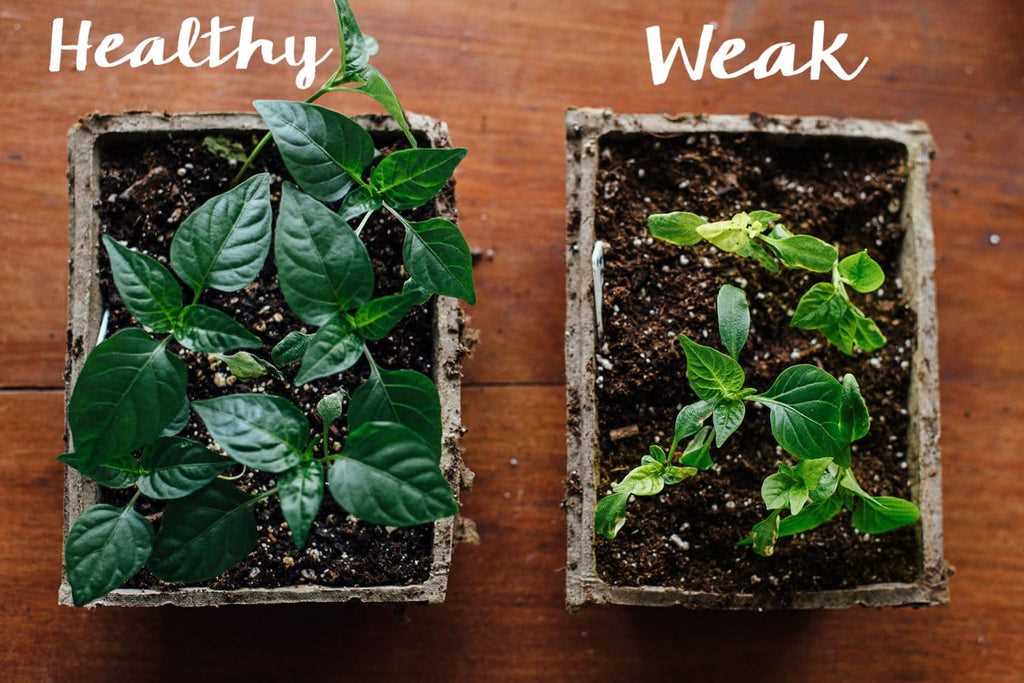

Petunia seedlings need a balanced supply of nutrients to grow healthy and strong. When they lack certain nutrients, their leaves can curl or develop other abnormal symptoms. Here are some common nutrient deficiencies that may cause curled leaves in petunia seedlings:
Nitrogen Deficiency
Nitrogen is an essential nutrient for plants, as it is involved in many important processes, including photosynthesis and the production of proteins. When petunia seedlings lack nitrogen, their leaves may become pale green or yellowish, and they can curl downwards. To remedy nitrogen deficiency, you can apply a nitrogen-rich fertilizer according to the package instructions.
Phosphorus Deficiency
Phosphorus plays a crucial role in promoting root development, flowering, and fruiting in plants. When petunia seedlings don’t receive enough phosphorus, their leaves may develop a purplish coloration and curl upwards. Adding a phosphorus-rich fertilizer to the soil can help address this deficiency.
Potassium Deficiency
Potassium is important for overall plant growth and helps regulate water balance within the cells. Without enough potassium, petunia seedlings may exhibit curled leaves with yellow or brown edges. Applying a potassium-rich fertilizer can help alleviate this deficiency.
Magnesium Deficiency
Magnesium is essential for chlorophyll production and overall plant metabolism. When petunia seedlings lack magnesium, their leaves may show interveinal chlorosis (yellowing between the veins) and curl upwards. To correct magnesium deficiency, you can use a magnesium sulfate foliar spray or amend the soil with magnesium-rich compost.
Calcium Deficiency
Calcium is important for cell wall development and overall plant structure. When petunia seedlings lack calcium, their leaves may curl, develop necrotic spots, or appear distorted. Adding calcium-rich sources, such as crushed eggshells or gypsum, to the soil can help remedy this deficiency.
It is important to note that nutrient deficiencies can also be caused by imbalanced soil pH or improper fertilization practices. Conducting a soil test and following the recommended fertilization guidelines for petunia seedlings can help prevent nutrient deficiencies and promote healthy growth.
Pests and Diseases
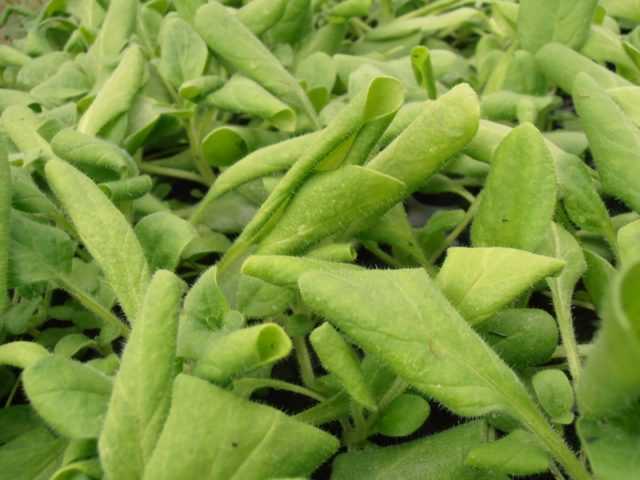

Petunias can be susceptible to a variety of pests and diseases, which can cause the leaves to curl. Here are some common issues to look out for:
Pests
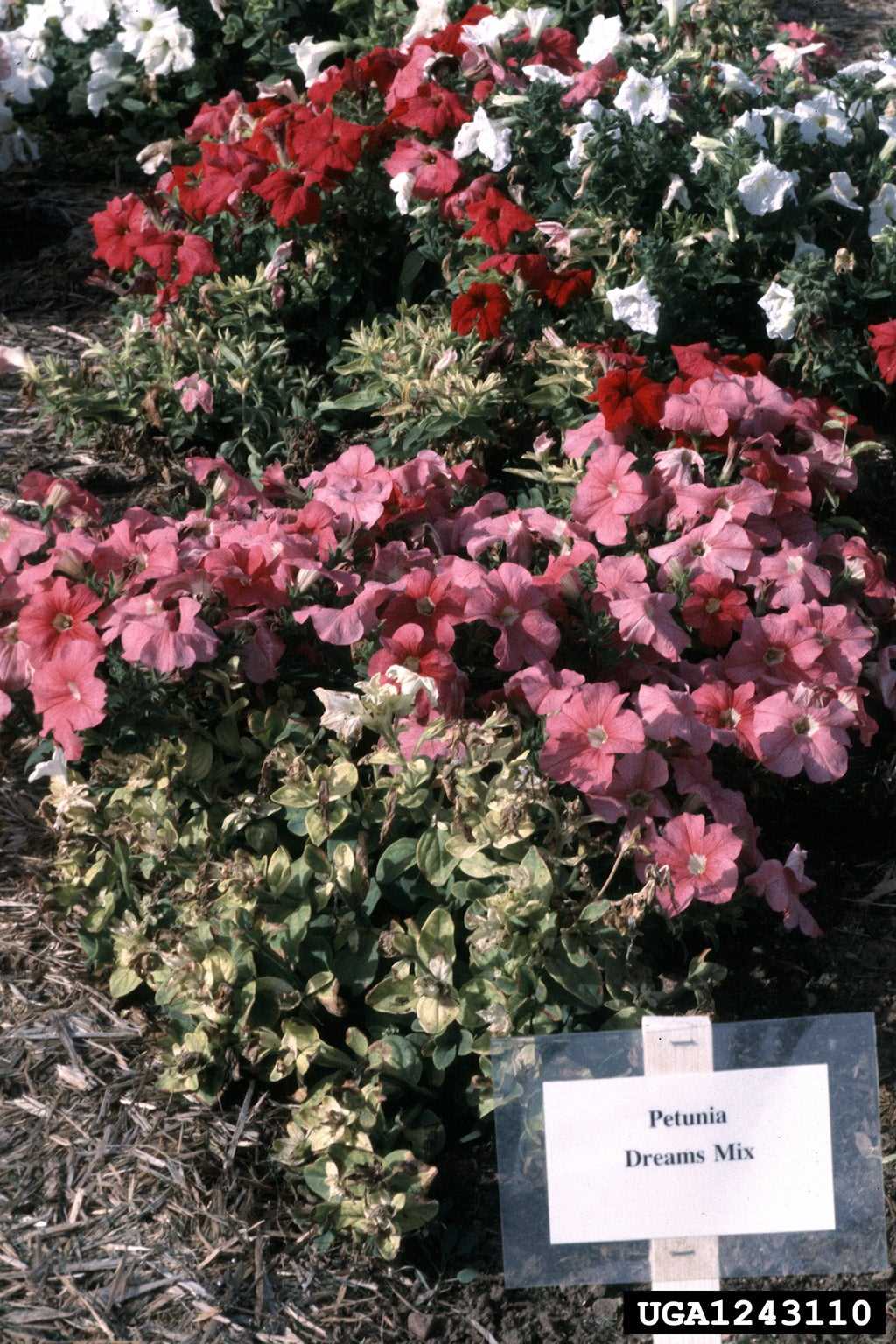

1. Aphids: These small insects suck sap from the leaves, causing them to curl. They can be controlled with insecticidal soap or neem oil.
2. Thrips: Thrips feed on the leaves, causing them to curl and turn yellow. Use insecticidal soap or neem oil to control thrips.
3. Whiteflies: Whiteflies cause leaves to curl and become sticky. Use yellow sticky traps or insecticidal soap to control whiteflies.
4. Mites: Spider mites can cause leaves to curl and develop a silvery appearance. Use miticides or insecticidal soap to control mites.
Diseases
1. Leaf Curl Virus: This viral disease can cause leaves to curl, become distorted, and develop yellow streaks. There is no cure for the virus, so infected plants should be removed and destroyed.
2. Fungal Diseases: Fungi such as powdery mildew or downy mildew can cause leaves to curl and develop a white powdery coating. Use fungicides to control fungal diseases.
3. Bacterial Diseases: Bacterial diseases like bacterial leaf spot can cause leaves to curl and develop black or brown spots. There is no cure for bacterial diseases, so infected plants should be removed and destroyed.
Prevention and Control
To prevent pests and diseases from affecting your petunias, follow these tips:
- Choose disease-resistant varieties of petunias.
- Plant petunias in well-draining soil and provide proper watering.
- Carefully monitor your plants for signs of pests or diseases.
- Regularly inspect the undersides of leaves for pests.
- Use insecticidal soap or neem oil to control pests.
- Avoid overwatering, as it can promote the development of fungal diseases.
- Remove and destroy infected plants to prevent the spread of diseases.
By taking proactive measures to prevent and control pests and diseases, you can help ensure that your petunias remain healthy and vibrant.
Temperature Fluctuations
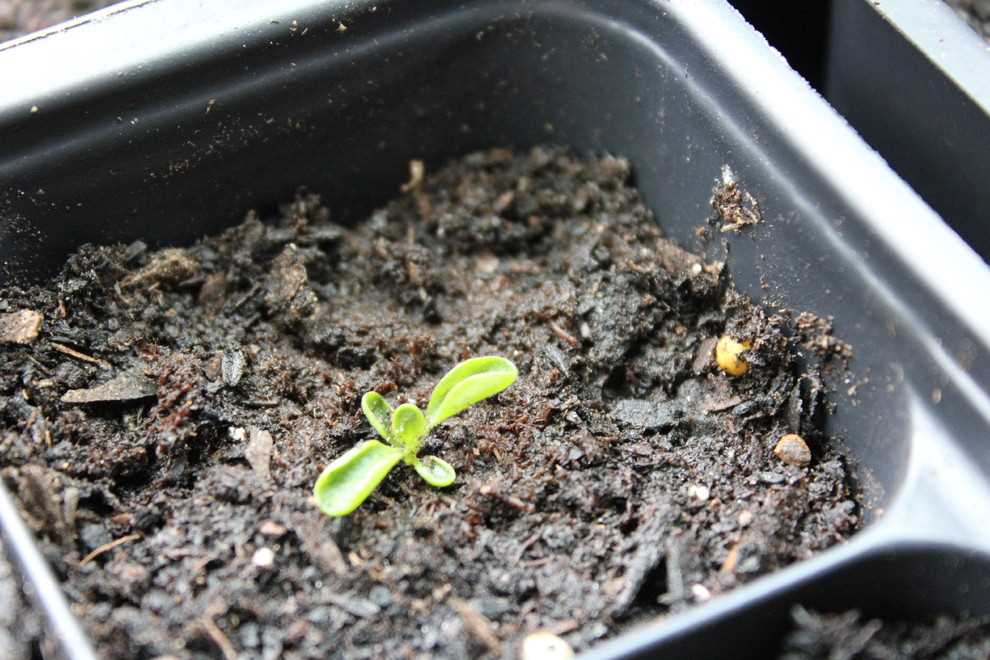

Temperature fluctuations can cause petunia seedling leaves to curl. Petunias are sensitive to both cold and hot temperatures, and extreme fluctuations can stress the plants. When the temperature drops below 50°F (10°C) or rises above 85°F (29°C), the leaves may curl as a protective response.
Extreme cold temperatures can cause the leaves to curl up tightly, while excessive heat can make the leaves appear wilted. Petunia seedlings should be kept in a temperature-controlled environment to avoid sudden fluctuations. This can be achieved by using a greenhouse, cold frame, or by moving the seedlings indoors during extreme weather conditions.
Additionally, it is important to avoid placing petunias in drafty areas or areas with temperature fluctuations, such as near air conditioning vents or doors that are frequently opened and closed.
Inconsistent watering practices can also contribute to temperature fluctuations for the seedlings. Overwatering or underwatering can cause stress to the plants, which can then make them more susceptible to the effects of temperature fluctuations. It is crucial to maintain a consistent watering schedule and ensure that the soil is well-drained.
By providing a stable and suitable temperature environment, petunia seedlings can thrive and develop healthy, non-curled leaves.
Improper Potting
One of the possible reasons for curled leaves in petunia seedlings is improper potting. When seedlings are not potted correctly, it can lead to stress and can cause the leaves to curl.
Possible issues with improper potting include:
- Using the wrong size of pots: Using pots that are too small for the seedlings can restrict root growth and lead to curling leaves.
- Improper soil drainage: If the potting soil doesn’t have proper drainage, the excess water can accumulate and cause root rot. This can result in stressed plants and curled leaves.
- Using low-quality potting soil: Poor quality potting soil may lack nutrients, cause poor root development, and lead to curled leaves.
How to correct improper potting:
- Re-pot the seedlings: Make sure to transplant the seedlings into pots that are appropriate in size. This will provide the roots with enough space to grow and prevent the leaves from curling.
- Ensure proper soil drainage: Use pots with drainage holes to allow excess water to escape. Add a layer of small rocks or gravel at the bottom of the pot to improve drainage.
- Use high-quality potting soil: Choose a well-draining and nutrient-rich potting soil mix to provide the seedlings with the necessary nutrients for healthy growth.
By addressing improper potting practices, you can help save your petunia seedlings from curled leaves and promote their healthy development.
How to Save the Flower
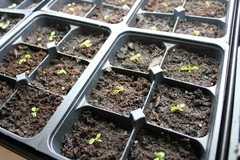

If your petunia seedlings have curled leaves, it is important to take immediate action to save the plant. Here are some steps you can follow to help save your flower:
- Identify the cause: Check for any pests, diseases, or environmental factors that may be causing the curled leaves. Identifying the cause will help you address the underlying issue effectively.
- Remove pests: If pests are found, such as aphids or spider mites, use an appropriate insecticide or organic pest control methods to eliminate them. Make sure to follow the instructions carefully.
- Provide proper watering: Ensure that your petunia seedlings are receiving adequate water. Overwatering or underwatering can cause stress to the plants, resulting in curled leaves. Use a well-draining soil and water consistently.
- Adjust temperature and humidity: Petunias prefer moderate temperatures and moderate humidity. If the environment is too hot or too dry, it can lead to curled leaves. Adjust the temperature and humidity levels accordingly.
- Prune damaged leaves: Remove any severely curled or damaged leaves to prevent the spread of diseases or pests. Use clean pruning tools to avoid contamination.
- Apply fertilizers: Use a balanced fertilizer rich in nutrients to provide the necessary nourishment for the plants. Follow the recommended application rates and frequency.
- Provide proper lighting: Ensure that your petunia seedlings are receiving adequate sunlight. Insufficient light can result in weak and unhealthy plants with curled leaves. Consider supplementing with artificial grow lights if needed.
- Monitor and adjust: Keep a close eye on your petunia seedlings and make necessary adjustments as needed. Regularly check for any signs of improvement or worsening of the curled leaves.
By following these steps and providing the proper care, you can increase the chances of saving your petunia flower and enjoying its vibrant beauty in your garden.
Questions and Answers:
Why are my petunia seedlings’ leaves curled?
There are several reasons why the leaves of petunia seedlings might be curled. One reason could be inadequate watering – either too much or too little. Another reason could be the presence of pests, such as aphids or spider mites, which can cause the leaves to curl. Poor lighting conditions or improper temperatures can also lead to curled leaves. It is important to identify the specific cause in order to find the appropriate solution.
What should I do if my petunia seedlings have curled leaves?
If your petunia seedlings have curled leaves, the first step is to assess the cause. If the leaves are curling due to improper watering, adjust the watering schedule accordingly. Make sure to water the plants evenly and provide adequate drainage. If pests are the culprit, try using organic insecticides or pest control methods to eliminate them. If the issue is poor lighting or temperature, consider moving the plants to a more suitable location. It is also important to ensure that the soil is well-draining and that the plants are getting enough nutrients.
Can overwatering cause petunia seedlings’ leaves to curl?
Yes, overwatering can cause petunia seedlings’ leaves to curl. When the roots of the plant are constantly sitting in water, it can lead to root rot, which affects the overall health of the plant. This can result in curled leaves, as well as yellowing or wilting. To prevent overwatering, make sure to water the plants only when the top inch of soil feels dry. Additionally, provide adequate drainage to allow excess water to escape.
Can underwatering cause petunia seedlings’ leaves to curl?
Yes, underwatering can cause petunia seedlings’ leaves to curl. When the plant does not receive enough water, it becomes stressed and tries to conserve moisture by curling its leaves. To prevent underwatering, make sure to water the plants thoroughly, allowing the water to penetrate the root system. However, be careful not to overwater, as that can also lead to curled leaves.
How do I get rid of pests causing curled leaves in petunia seedlings?
If pests, such as aphids or spider mites, are causing curled leaves in petunia seedlings, there are several methods to get rid of them. One option is to use organic insecticides specifically designed to target the pests. These can be sprayed on the plants to eliminate the pests. Alternatively, you can try using natural methods, such as introducing predator insects like ladybugs or using neem oil. It is important to consistently monitor the plants and continue treatment until the pests are completely eradicated.
Can poor lighting conditions cause petunia seedlings’ leaves to curl?
Yes, poor lighting conditions can cause petunia seedlings’ leaves to curl. Petunias require at least 6 hours of direct sunlight every day to thrive. If they do not receive enough light, they may become weak and develop curled leaves. To prevent this, make sure to place the plants in a location that receives sufficient sunlight throughout the day. You can also use artificial grow lights to supplement the natural light if needed.
What temperatures are ideal for petunia seedlings?
The ideal temperatures for petunia seedlings range from 65 to 75 degrees Fahrenheit (18 to 24 degrees Celsius). Extreme temperatures, either too hot or too cold, can cause stress to the plants and result in curled leaves. If the temperature is too high, consider providing shade or moving the plants to a cooler area. If the temperature is too low, use a heating mat or bring the plants indoors. Maintaining a consistent temperature within the optimal range will help prevent curled leaves.







